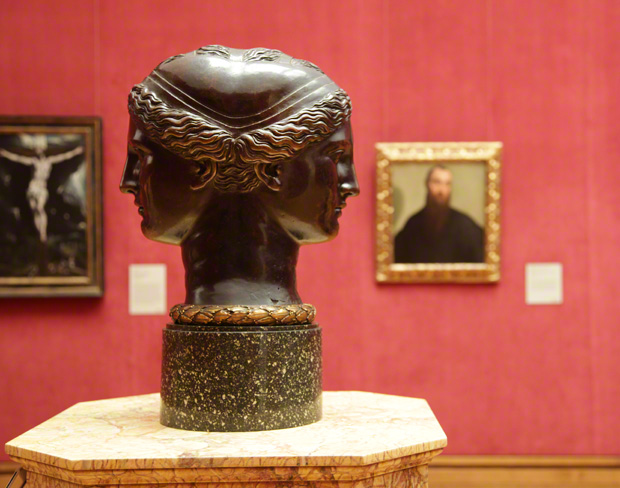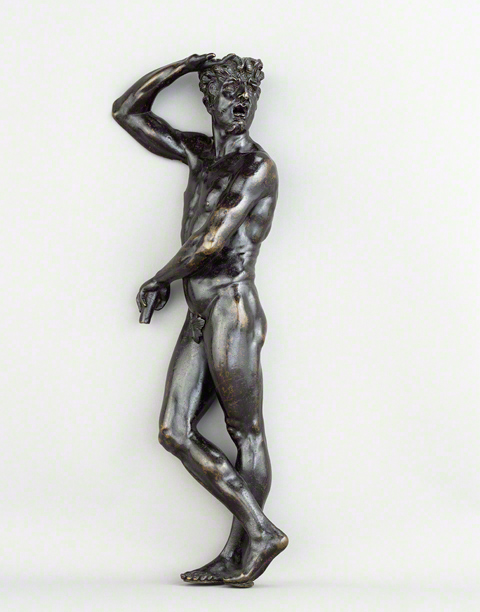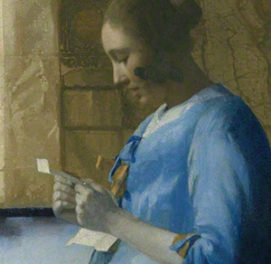
Double Head, Francesco Primaticcio (Italian, 1504–1570), about 1543–56. Bronze, 15 13/16 in. high. The J. Paul Getty Museum
A beautiful bronze Double Head, attributed to the Italian sculptor Francesco Primaticcio, has just joined the Museum’s collection. Though made by an Italian, it was commissioned by a Frenchman: Francis I, the king of France, for his palace at Fontainebleau outside Paris.
Why does the sculpture have two heads? It was probably meant to be displayed atop a column, and at one time was installed above a gate leading into a garden at Fontainebleau, where it could be admired from either side. At the Getty Center the Double Head is likewise displayed on a column—indoors, of course, harmonizing with late-Renaissance paintings by Titian, Dossi, and other Italian artists in Gallery N205.
Just downstairs, however, another Italian may be less happy with the new acquisition. In Gallery N102 is a bronze figure by Primaticcio’s great rival, Benvenuto Cellini, the suitably outraged-looking Satyr. This is the preparatory model for one of the two full-scale figures Cellini designed to flank the monumental entrance to Fontainebleau’s Porte Dorée (Golden Door).

Satyr after a model by Benvenuto Cellini (Italian, 1500–1571). Bronze, 22 3/8 in. high. The J. Paul Getty Museum, 85.SB.69
Both Primaticcio and Cellini excelled at sculpting after ancient monuments in Rome, and both were chosen by Francis I for his campaign to introduce a new classicizing style into France. But they often competed for commissions and for the favor of the king and his mistress, the Duchesse d’Etampes. (The ancient Roman prototype for this Double Head, the so-called Cesi Juno, may have served as the inspiration for the beautiful stucco decoration of female figures in the duchess’s private apartments at Fontainebleau.)
The rivals fought openly, and the notoriously hot-headed Cellini ranted against Primaticcio in the entertaining memoirs he composed while sentenced to prison.
Centuries later, though, we can put their rivalry aside and admire two intriguing, though dramatically different, examples of a watershed moment in French art.





Comments on this post are now closed.